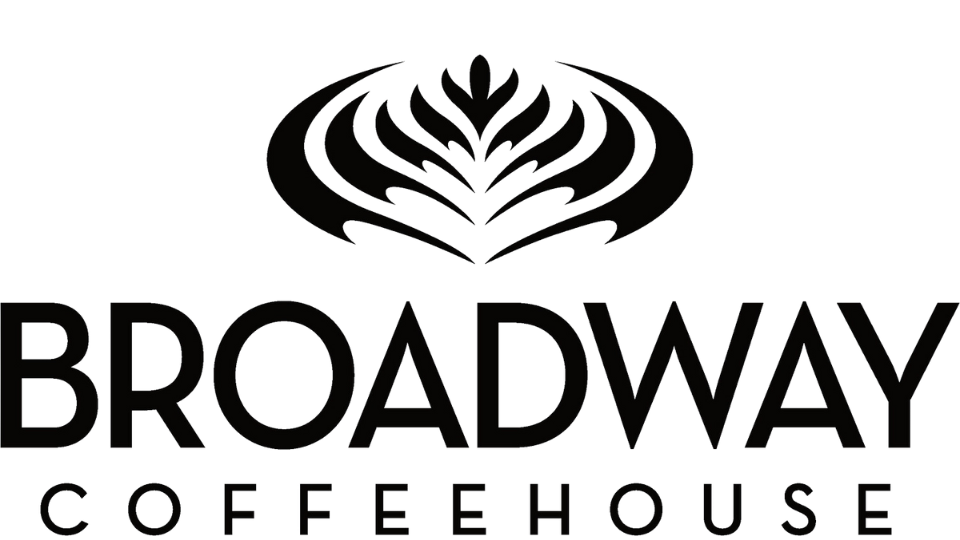Coffee 201
Brew Ratios in Practice
If you haven’t already, I’d recommend checking out this great video by James Hoffmann: “Understanding Espresso - Ratio”
OVERVIEW
This week, we’re going to continue talking about Brew Ratios from a practical standpoint. This document is essentially a narrative of what it looks like to dial in using weight and ratios. Refer back to the first part of this series as needed to get terminology definitions, examples, etc.
Dialing In Using Weight, not Volume
Many of us have not interacted with ratios much, and we weren’t trained on using them to dial in coffee. Volume is a much easier way to train and to dial in because it’s so visual and obvious, and it’s how we typically measure things we’re making. If you’re making a cocktail, you go by ounces, not weight. When you’re cooking, again, it’s two teaspoons of a spice, one cup of water, two cups of flour (although it’s worth noting that professional bakers actually do prefer weighing their ingredients over using volume measurements due to the greater accuracy of using weight). All that said, it will feel like an adjustment to start dialing in by using weight. In contexts where it’s busy, the simple unfamiliarity of dialing in a different way will likely result in us not doing it. That’s why it’s worth having an example of what this would look like that you can practice when things are less busy.
A Weight-Based Workflow
First things first, dialing in by weight does not mean you are going to be weighing out every set of espresso you pull, nor do you need to. Weighing your shots is a part of the dialing in process, not the regular service-oriented espresso pulling process.
Put another way, weighing shots is something you do when you jump on bar, you’re tasting the espresso, and you’re working to get it dialed in. When you finish, you’ll then use that info and the parameters you settle on to pull espresso for drinks – as you actually make drinks, you’ll use volume and time to make sure nothing is changing and that the espresso is behaving consistently according to the parameters you established while dialing in. So, we’re not throwing out using volume and time as a reference point, we’re just not using them as our guiding star to dial in.
I’ll walk through this workflow of dialing in step by step:
PULL A SET: The first thing to do to get information is just to pull a set of espresso. Purge the grinder if it’s been a while since you’ve pulled this coffee to get rid of stale grounds. Let’s use the 1300 blend as our “mental espresso” here. Let’s say it pulled to 1.5 ounces and it took 27 seconds.
WEIGH THE SET: Once the set has pulled to whatever volume you think seems right, place another measuring cup on the scale, zero it, and pour the espresso into it. Weigh the espresso. For our example, we weigh the set of espresso and it comes out to 32 grams. That’s a 1:1.7 ratio. Here’s the math of how to figure that out: 19g in x 1.7 = ~32g out.
TASTE THE ESPRESSO: Tasting the espresso gives us an actual reference point for what the numbers mean. There’s only one way to know what recipe makes good espresso, and that’s to taste it. It’s also very useful to you to taste espresso pulled at different ratios. Taste it even if it’s bad. While it might not sound pleasant, you can learn what good espresso tastes like by tasting bad espresso. Learn what over extraction and under extraction taste like by tasting them. You’ll build your palate as you give yourself experience tasting espresso.
ADJUST AS NEEDED: Let’s say the espresso pulls too high in weight. 32 grams is a bit high for how Coava roasts their coffee. You taste it, and it’s a bit thin, perhaps it has a lingering bitter note. You have some choices now on what adjustments to make. The shot was pulled at 27 seconds, so you could choose to stop it at 25 seconds. That would result in a slightly lower volume, which may be exactly what you need. Alternatively (and probably preferably in this scenario) you can fine the grounds by one notch and again pull to 27 seconds, which will result in the coffee pulling a bit lower.
RINSE AND REPEAT: Continue making adjustments as needed. Because you’re using weight as your first guide, you can even do this while pulling sets for service. You can make an adjustment on the fly, keep pulling sets until you see the adjustment take effect, and then weigh a set of espresso to see how that’s affected the weight. Then you can just use it for a drink, and you’ve both dialed in your espresso a little more and not wasted any coffee. I’d only recommend doing this if the espresso is servable, but you want to polish it a little bit, not if it’s pulling badly and you’re trying to fix it. Dialing in can (and should!) be something you come back to throughout your time on bar as changes occur.
CONSIDER YOUR COFFEE: Finally, consider the coffee you’re dialing in. Let’s say we’re at the espresso machine dialing in Single Origin. It’s a new, Dapper & Wise, lighter-roast coffee from East Africa. That tells me a few things:
Dapper & Wise roasts their coffee for a normal espresso, so I should be comfortable with a higher volume (closer to 2 oz).
It’s a lighter roast, so it weighs more. The amount of coffee in the basket will be lower.
It’s from East Africa, so I might want or need a longer pull time to fully extract the coffee.
Hope that helps! Try this out with your fellow baristas as you’re on shift.

